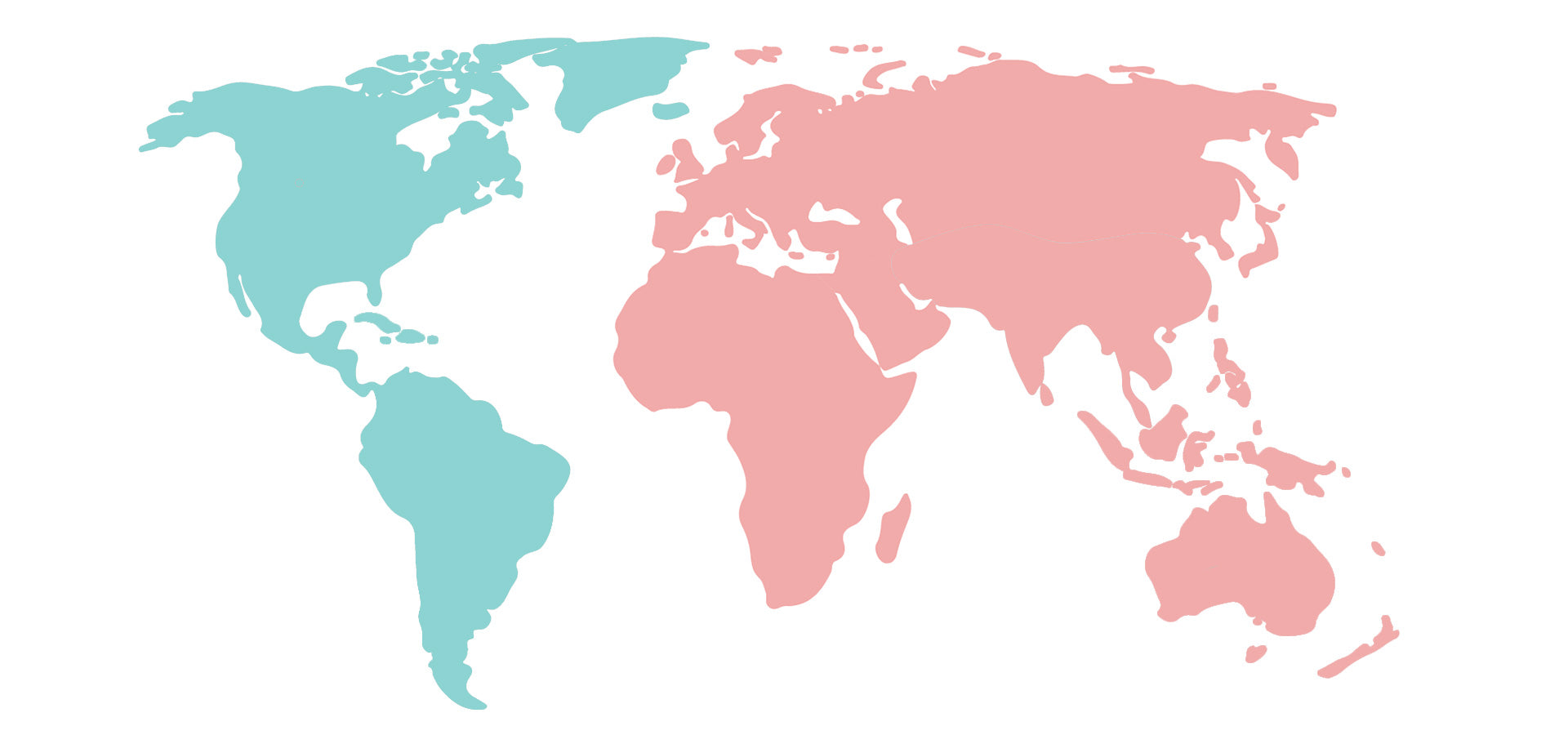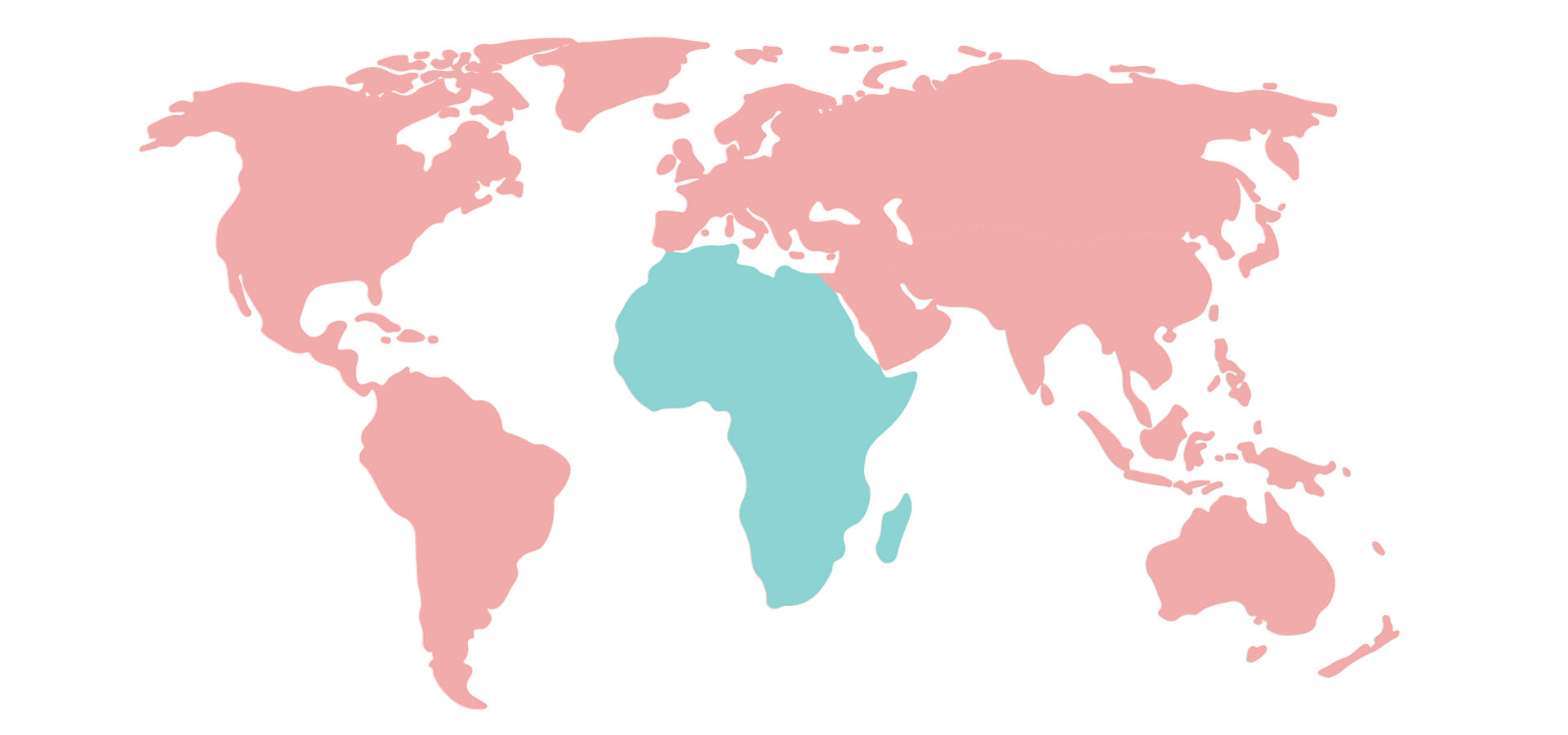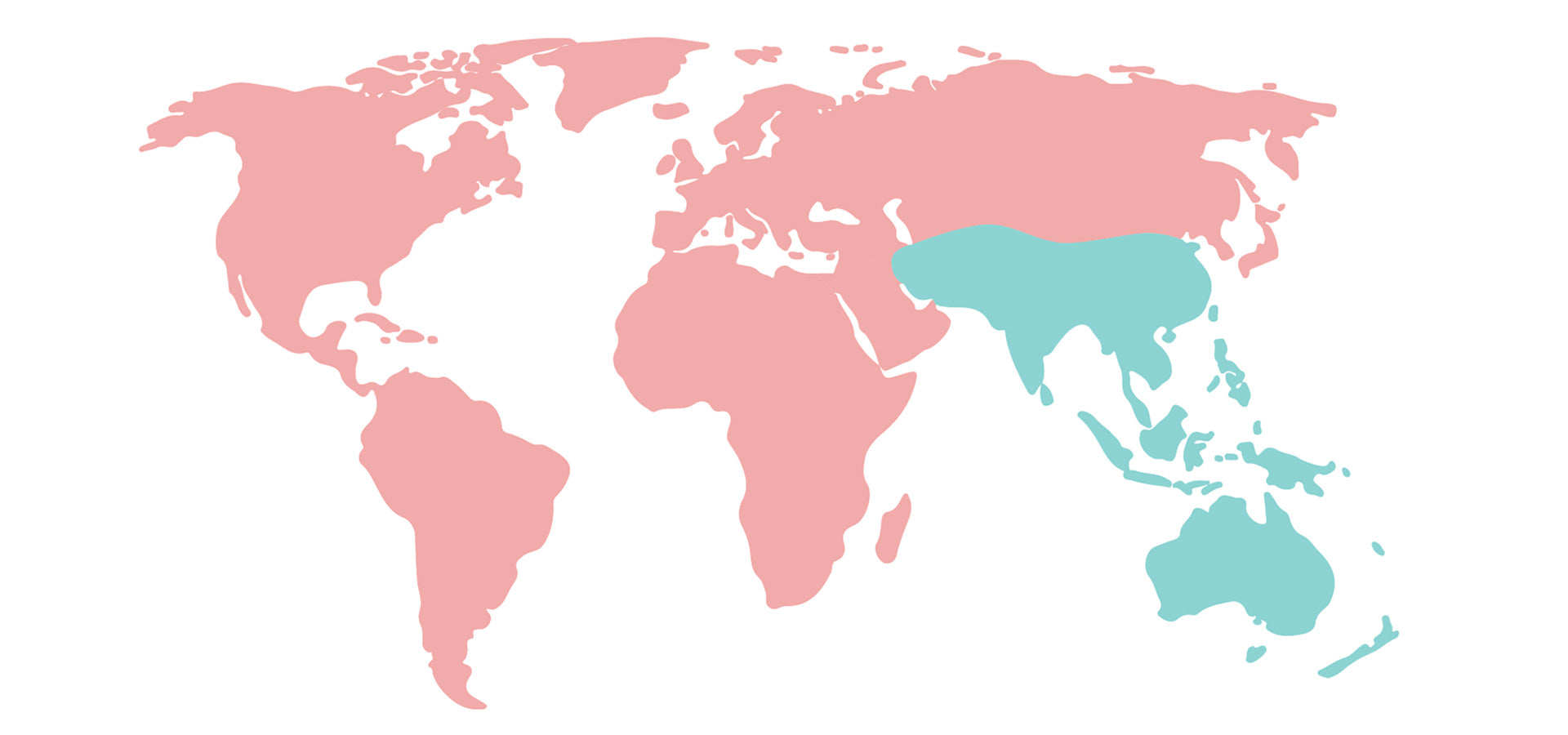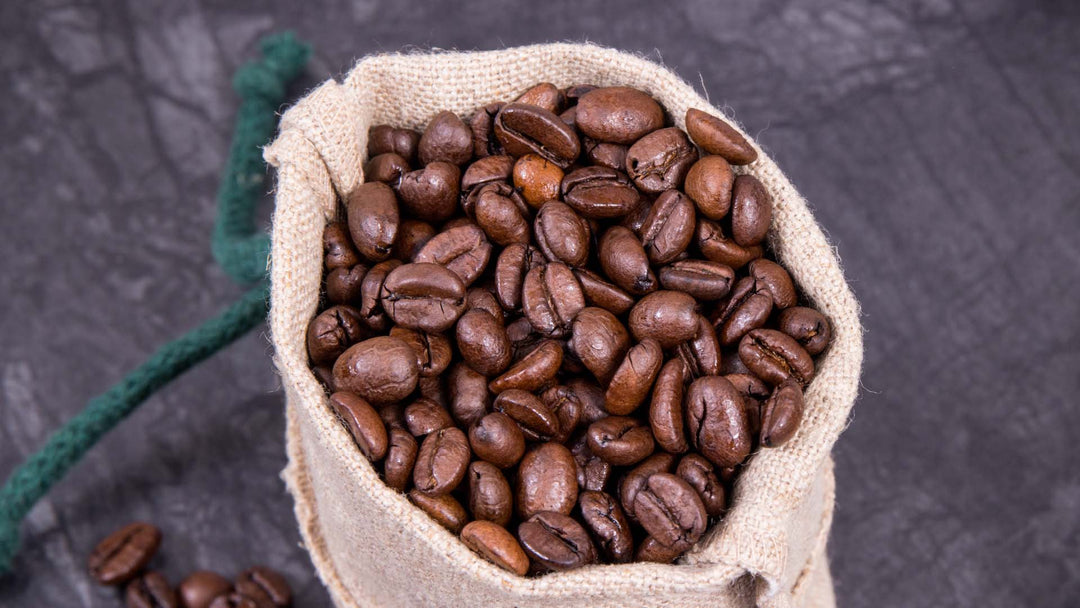Is Geisha Coffee Arabica or Robusta?

In the world of specialty coffee, few names evoke as much reverence and fascination as "Geisha." This unique coffee variety, renowned for its exquisite floral and fruity notes, has carved a niche for itself among coffee enthusiasts and connoisseurs. But amidst the accolades and its global renown, a common question persists: Is Geisha coffee an Arabica or Robusta variety? To answer this, we need to delve into the history, cultivation, and characteristics of Geisha coffee, tracing its journey from its African roots to its current status as a super-premium coffee variety.
Understanding the Basics: Arabica vs. Robusta
Before diving into Geisha coffee specifically, it's essential to understand the two main species of coffee beans that dominate global coffee production: Arabica and Robusta (there is a third coffee varietal, Liberica coffee, but it is much less common than the other two).
Arabica Coffee (Coffea arabica)
- Flavor Profile: Arabica beans are known for their delicate, nuanced flavors, often with a range of fruity, floral, and sweet notes. They typically have higher acidity and a smoother, more complex taste.
- Growing Conditions: Arabica plants thrive at higher altitudes (600-2,000 meters/1,970-6,560 feet above sea level) and cooler climates. They are more susceptible to pests and diseases, which makes them more challenging and expensive to cultivate.
- Caffeine Content: Arabica beans generally have around 50% lower caffeine content than Robusta beans, contributing to their milder flavor.
Robusta Coffee (Coffea canephora)
- Flavor Profile: Robusta beans are known for their strong, bold, and often bitter flavors. They are less complex, with a more earthy and woody profile.
- Growing Conditions: Robusta plants are hardier and can grow at lower altitudes (sea level to 600 meters/1,970 feet). They are more resistant to pests and diseases, making them easier and cheaper to cultivate.
- Caffeine Content: Robusta beans have higher caffeine content, which contributes to their more robust and bitter flavor.
The Geisha Coffee Story: From Ethiopia to the World
Origin in Ethiopia
Geisha coffee's story begins in the highlands of Ethiopia, the birthplace of coffee. The Geisha variety, named after the village of Gesha in southwestern Ethiopia, is a type of Coffea arabica. It was originally collected in the 1930s by British colonial expeditions seeking disease-resistant coffee plants. These Geisha plants were characterized by their elongated leaves and unique, delicate flavors.
Journey to Latin America
The Geisha variety remained relatively obscure until it found its way to Latin America. In the 1950s, it was introduced to the Costa Rican coffee research institute, CATIE (Centro Agronómico Tropical de Investigación y Enseñanza), and from there, it spread to other coffee-growing regions.
Panamanian Fame
Geisha coffee's real breakthrough came in Panama in the early 2000s. The Peterson family, owners of the Hacienda La Esmeralda coffee farm, cultivated Geisha plants that thrived in Panama's unique climate and volcanic soil. The Geisha grown on their farm exhibited extraordinary flavors that captivated judges at coffee competitions. In 2004, Hacienda La Esmeralda's Geisha coffee won the Best of Panama competition, and its reputation skyrocketed. The beans commanded record-breaking prices at auctions and became highly sought after by coffee lovers around the world.
Geisha Coffee: An Arabica Marvel
Confirmation of Arabica Roots
Given its Ethiopian origins and journey through various coffee-growing regions, Geisha coffee is unequivocally an Arabica variety. Its botanical lineage and the characteristics it exhibits align closely with those of other high-quality Arabica coffees. However, what sets Geisha apart is its distinctive flavor profile and its adaptability to different growing conditions, which amplify its unique qualities.
Flavor Profile of Geisha Coffee
Geisha coffee is celebrated for its extraordinary and complex flavor profile. Tasting notes often include floral jasmine, tropical fruits like mango and papaya, berries, citrus, and even hints of bergamot and tea-like qualities. Its acidity is typically bright and vibrant, complemented by a silky, refined, and light body. These attributes make Geisha coffee stand out in cupping sessions and competitions, where its flavors are described as unparalleled in their depth and elegance.
Growing Conditions and Cultivation
Geisha coffee thrives best in high-altitude regions with a cool climate, echoing the preferred growing conditions for most Arabica varieties. The regions where Geisha is cultivated, such as Panama (mostly around the region of Boquete), Colombia, and Ethiopia, provide the necessary altitude and climate to nurture its delicate flavors. The plant itself requires meticulous care and attention, as it is more susceptible to diseases and requires optimal conditions to produce the high-quality beans it is known for.
Economic Impact and Cultivation Challenges
The success of Geisha coffee has not only elevated its status but also impacted the economies of the regions where it is grown. The high prices that Geisha beans command at auctions and in specialty coffee shops have incentivized farmers to invest in cultivating this variety, despite its challenges. The meticulous care required for growing Geisha, coupled with its lower yield compared to other coffee plants, means that producing Geisha coffee beans is labor-intensive and costly. However, the premium prices justify the investment for many farmers, contributing to economic development in coffee-growing communities.
Geisha vs. Robusta: A Clear Distinction
With its confirmed status as an Arabica variety, Geisha coffee stands in stark contrast to Robusta coffee in several key aspects:
Flavor and Complexity
Geisha coffee's nuanced and intricate flavor profile is a hallmark of Arabica beans, distinguished by their floral, fruity, and sweet notes. In contrast, Robusta coffee tends to have a more straightforward, robust flavor, often described as earthy, bitter, and less complex. For those seeking a refined and sophisticated coffee experience, Geisha offers a level of complexity that Robusta cannot match.
Growing Conditions and Plant Characteristics
Geisha, like other Arabica plants, flourishes at higher altitudes with cooler temperatures. These conditions are crucial for developing the unique flavors that Geisha is known for. Robusta plants, on the other hand, are more adaptable to lower altitudes and warmer climates. They are hardier and more resistant to diseases, making them easier to grow but yielding beans with a less desirable flavor profile.
Economic Value
The high market value of Geisha coffee is a testament to its exceptional quality and rarity. Robusta coffee, while more affordable and widely available, does not command the same premium prices. This economic disparity reflects the differences in cultivation challenges, flavor quality, and consumer demand between Geisha and Robusta beans.
Conclusion: The Prestige of Geisha Coffee
In the debate of whether Geisha coffee is Arabica or Robusta, the answer is clear: Geisha coffee, is a prestigious variety of Coffea arabica. Its journey from the Ethiopian highlands to the hills of Panama and beyond has solidified its reputation as one of the most exquisite and sought-after coffees in the world. The delicate, complex flavors and the meticulous cultivation required to produce Geisha coffee underscore its status as a pinnacle of specialty coffee. For coffee enthusiasts seeking an unparalleled sensory experience, Geisha coffee represents the epitome of Arabica excellence.
You can order Panama geisha coffee beans, Costa Rica Geisha, and Nicaragua Geisha from Hayman’s online store. It is available as whole bean, ground coffee, and as coffee pods/capsules compatible most single-serve machines – click here to order now, we offer free worldwide shipping!










